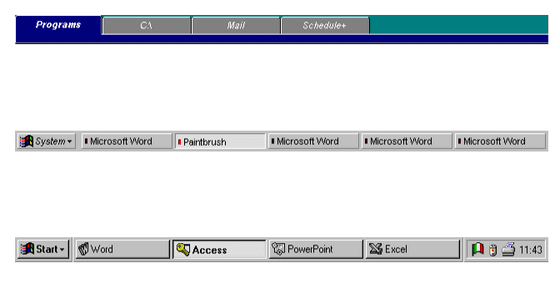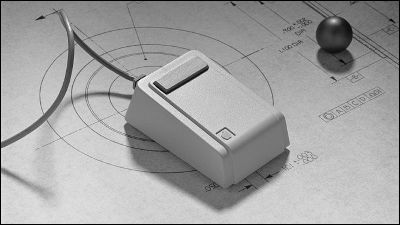How was the Windows start menu born?

Twenty years have passed since Microsoft released "Windows 95", but as with the latest version of "Windows 10", the start menu continues to stay on the bottom left of the screen as usual. Danny Oran, Microsoft's former interface designer who initially designed a start menu that gives immediate access to all data on the PC, reveals its development confidentiality.
How chimpanzees helped inspire the Windows start menu | Business Insider India
http://www.businessinsider.in/How-chimpanzees-helped-inspire-the-Windows-start-menu/articleshow/48289209.cms

Microsoft's former interface designer, Danny Oran is the creator of the very start menu that designs the Windows 95 start menu and task bar and also has two patents. It was in 1992 that he joined Microsoft in 1992, "It is expected that Mr. Oran, a behavior analysis scholar may be able to create a simpler way of operating Windows than from a technician's perspective." I joined the company.
Mr. Oran will launch a new user interface design project at Harvard University and start designing with Mr. Ballas Skinner, the founder of Behavior Analysis. At this time, Mr. Skinner asked Mr. Oran to "How can you tell the chimpanzee how to talk?" Mr. Oran said that it is a matter of course that the two young "Austin" and "Sherman" I spent time with the chimpanzee and looking for an answer while teaching English with my own wooden keyboard for two.
Of course chimpanzees did not seem to be able to speak English, but even they seemed not even to come in closer, but the fact that we devised the idea "to use a wooden keyboard even with chimpanzees" is how to design a computer program He gave us a lot of insight into the original purpose of the project "??

In addition, "Windows 3.1" which was used around 1992 was reputed to be hard to use and was forced to improve, but Mr. Oran, who was a big fan of Apple OS, participated in interface design , It seems that Microsoft's Windows can be completely seen from a third party perspective.
What was done as the first step in development was to investigate how customers actually use Windows. So Mr. Oran and the team of programmers have the subjects perform simple tasks on the computer and observe the process. Some of the observed subjects took about 20 minutes to enter text in Windows 3.1, but at the beginning there was no programmer to admit that there was a problem with the OS, He seems to have a toothy feeling. After examining the subject's occupation, he seemed to be a Boeing promotion engineer, even engineers who developed high-tech equipment was very difficult to use Windows 3.1.
So it is now the current start menu packed all in one button. In the early stages of development Mr. Oran called the start menu "system button", which was located at the top of the screen. However, perhaps due to technical reasons the placement has changed, and the name of the button will also be changed to "Start" button. However, it seems that the user can intuitively understand what this is like by changing the name.
The following image is a concept sketch of the start menu written by Mr. Oran.

The task bar is newly created along with the start menu. One of the big problems with Windows 3.1 was that we do not know how many programs users are running. Windows 3.1 had a task manager to show what programs are running, but most users did not understand how to start it. So, the start program gradually increased, and it seems that the operation gradually became heavier until the PC itself was restarted.
So, in order to solve this problem I will issue an idea that Mr. Oran indicates the program being started with a stick. Although this idea becomes a task bar, it is initially placed at the top of the screen, it seems that it looked like a tab like Chrome or Safari. However, PC at that time had a small monitor and the resolution was about 640 × 480, so it seems that when this task bar is displayed at the top of the screen it occupies too much space, after all, the size of the bar It made it more compact and moved to the bottom of the screen.

In this way, Mr. Oran has made a significant contribution to the Windows start menu and task bar design, but he left Microsoft in 1994 before Windows 95 was released.
In addition, you can understand how the start menu of Windows designed by Mr. Oran changed in one shot by looking at the following article.
How has the "start menu" evolved until Windows 10? - GIGAZINE

Related Posts:
in Software, Posted by logu_ii







